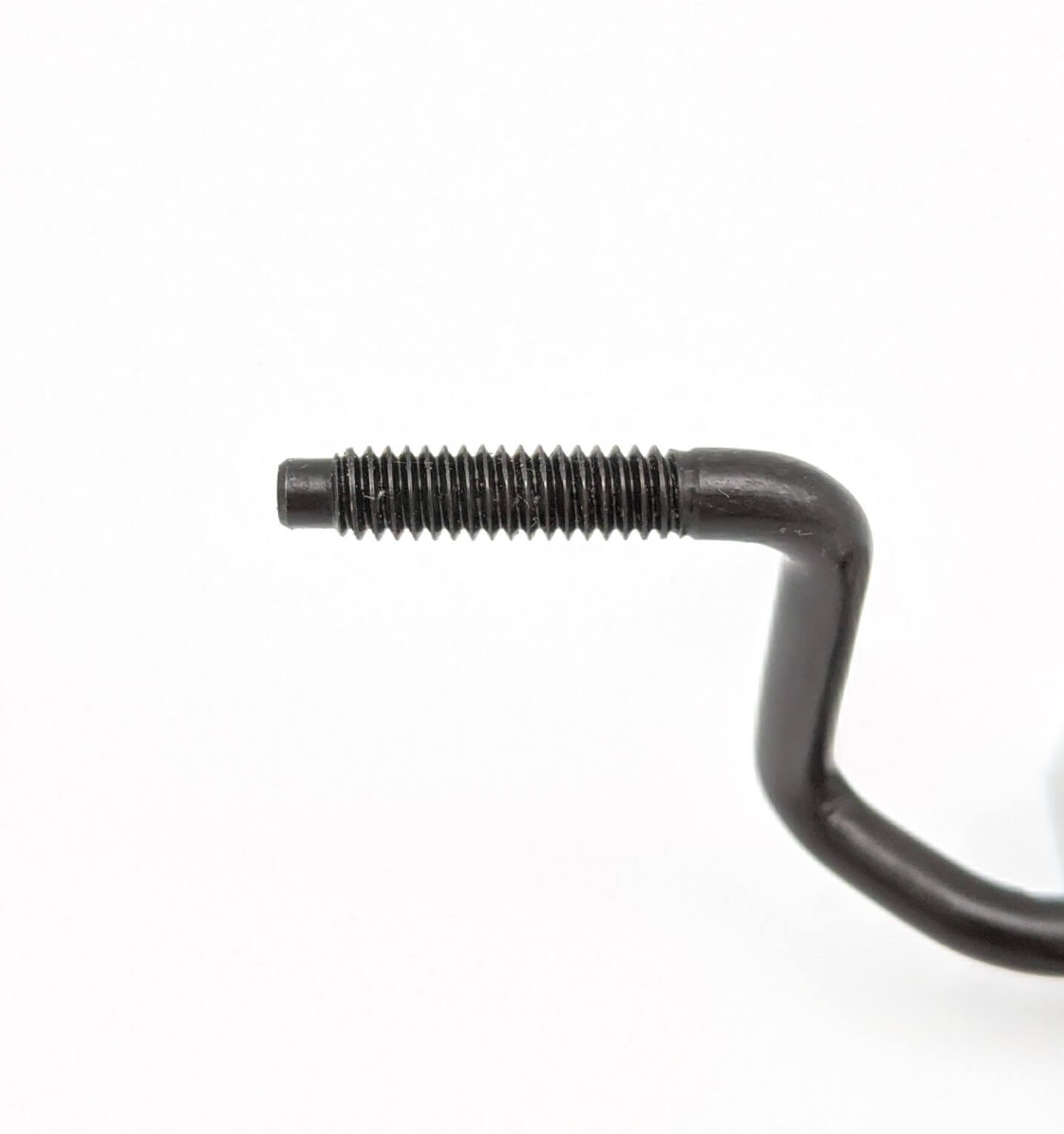Get unique, complex parts easily. No matter your requirements, Chaoyi Spring creates hard-to-produce coil springs and wire forms.
Let us help you create the custom wire form you need, from S-hooks and J-hooks to utility hooks and more.
We work closely with customers across a wide range of industries, helping them design and manufacture made-to-order parts.
Why choose Chaoyi Spring? We prioritize customer-focused collaboration, modern equipment and the latest technology to make your parts per print.
Find the information and guidance you need, from measuring a spring to learning about materials, placing an order and much more.
In the world of mechanics, springs play a vital role in countless applications. From the simple act of opening a door to the complex workings of a car suspension system,


In the world of mechanics, springs play a vital role in countless applications. From the simple act of opening a door to the complex workings of a car suspension system, springs are everywhere. But have you ever wondered about the subtle yet crucial distinction between torsional springs and conventional springs? While both are essential components in various mechanical systems, they differ in how they store and release energy, leading to distinct advantages and disadvantages for specific applications. This article will delve into the intricacies of these two spring types, exploring their unique properties and the scenarios where they excel.

Imagine a spring that doesn't compress or extend but rather twists. That's the essence of a torsional spring. These ingenious devices are designed to store and release energy through rotational motion. Instead of pushing or pulling, they react to twisting forces, converting the applied torque into elastic potential energy. When the force is released, the spring unwinds, transforming that stored energy back into rotational motion.
Think of the familiar spring in a retractable ballpoint pen. When you twist the pen to extend the tip, you're essentially applying a torsional force to the spring. This twisting action compresses the spring, storing energy. When you release the pen, the spring unwinds, retracting the tip back into the pen body. This is a simple yet perfect illustration of a torsional spring in action.
In contrast to torsional springs, conventional springs are designed to store and release energy through linear motion. They either compress or extend in response to applied forces, converting the force into elastic potential energy. This energy is then released when the force is removed, causing the spring to return to its original position.
A classic example of a conventional spring is the coil spring found in a car's suspension system. As the car encounters bumps and dips in the road, the coil springs compress and extend, absorbing the impact and preventing jarring vibrations from reaching the passengers.
The fundamental difference between these two types of springs boils down to how they respond to applied forces. Torsional springs twist in response to torque, while conventional springs compress or extend under linear force. This distinction leads to a range of unique characteristics and applications for each type.
Torsional springs are often found in applications where rotational motion and precise control are crucial. Here are some examples:
Conventional springs, thanks to their ability to absorb linear forces, are widely employed in a vast array of applications. Some of the most common uses include:
Torsional springs offer distinct advantages and disadvantages compared to conventional springs:
Conventional springs also have their own unique set of pros and cons:
The choice between torsional springs and conventional springs ultimately depends on the specific application and its requirements. Understanding the unique properties and advantages of each type is crucial for making the right decision. Whether it's the precise control of a torsional spring in a watch or the robust energy absorption of a conventional spring in a car suspension, both play a vital role in shaping the world around us.
In the world of mechanics, springs are often taken for granted. But these simple yet ingenious devices are the unsung heroes of countless machines and systems. Next time you encounter a spring, take a moment to appreciate its design and the way it stores and releases energy. Whether it's a torsional spring guiding the hands of a clock or a conventional spring cushioning a car ride, these resilient components continue to shape the way we interact with the world around us.
Browse some of the custom wire forms and springs that we manufacture. Don’t see what you need? We specialize in made-to-order products that meet your application requirements.
Visit Our GalleryNeed a custom wire form or coil spring? We make it work. Fill out the contact form and a representative will respond within 1 business day. If you have a PDF or CAD file, you can submit to request a quote.